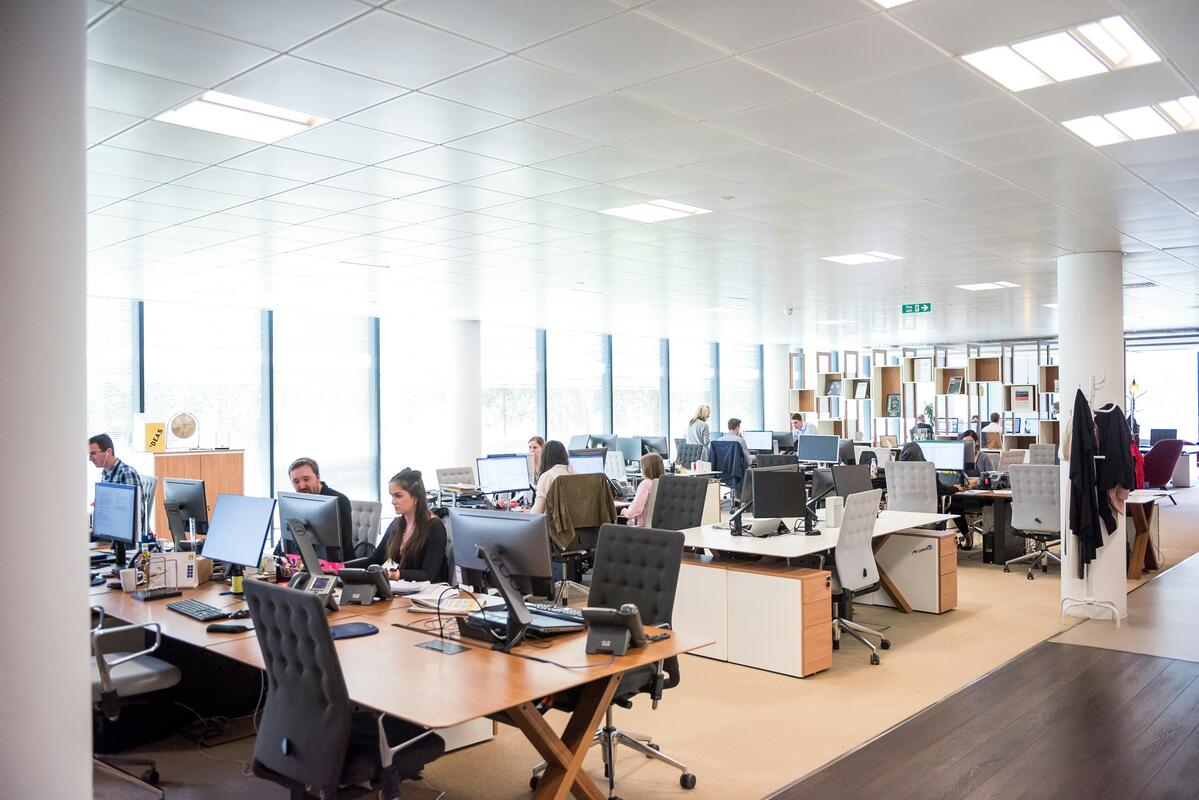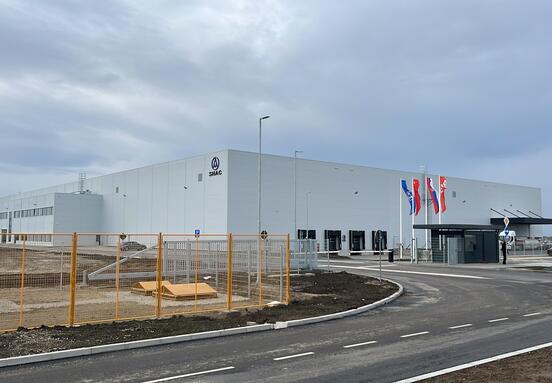A modern workday rarely runs smoothly or without interruptions. Between meetings, endless Slack notifications, and occasional drops in energy, it often feels impossible to find long stretches of uninterrupted focus. That’s where microshifting comes in — a new approach based on using small moments effectively. Instead of waiting for the perfect block of time to be productive, microshifting encourages employees to complete tasks in short bursts, whenever and wherever possible.
Speaking about this shift, Peter Duris, CEO and co-founder of Kickresume, explains that the work environment is no longer as rigid and structured as it once was. When it comes to workplace benefits, flexibility still ranks first among most candidates — whether it’s remote work or flexible hours.
“Microshifting is a great way for employees to balance their personal responsibilities with work,” he says.
“If you have the option to work in short bursts, it’s worth discussing it with your manager. This can be a real game-changer for parents or caregivers.”
What is microshifting, exactly?
Microshifting is becoming an increasingly popular way of working, especially among Gen Z, working parents, and caregivers. The idea is to move away from the traditional 9-to-5 schedule and organize work into short, flexible intervals that fit your day (and your energy levels).
You might start early, take a longer break around noon, and then log back in later in the evening — as long as it suits your rhythm and the work gets done. This way of working has existed for years in industries like retail and hospitality, but it’s now making its way into office jobs too. As more people seek better balance, some employers are beginning to adapt. As long as tasks aren’t time-sensitive and deadlines are met, many companies realize that flexibility can work both ways — boosting productivity without sacrificing results.
How to approach microshifting at work
Of course, not every company is ready to embrace this model right away. But Duris emphasizes that it all starts with open communication.
“Be clear and transparent,” he advises.
Let your manager and team know when you’ll be available so everyone can plan accordingly. Using a shared calendar to log work hours and breaks can help maintain structure. Duris also recommends tackling your most important tasks during your peak energy hours.
“Finish your priority tasks during your most productive hours,” he explains.
Whether you’re a morning person or work best later in the day, aligning your schedule with your natural rhythm can significantly improve efficiency. Since microshifting relies on working in short, flexible bursts, organization becomes key.







